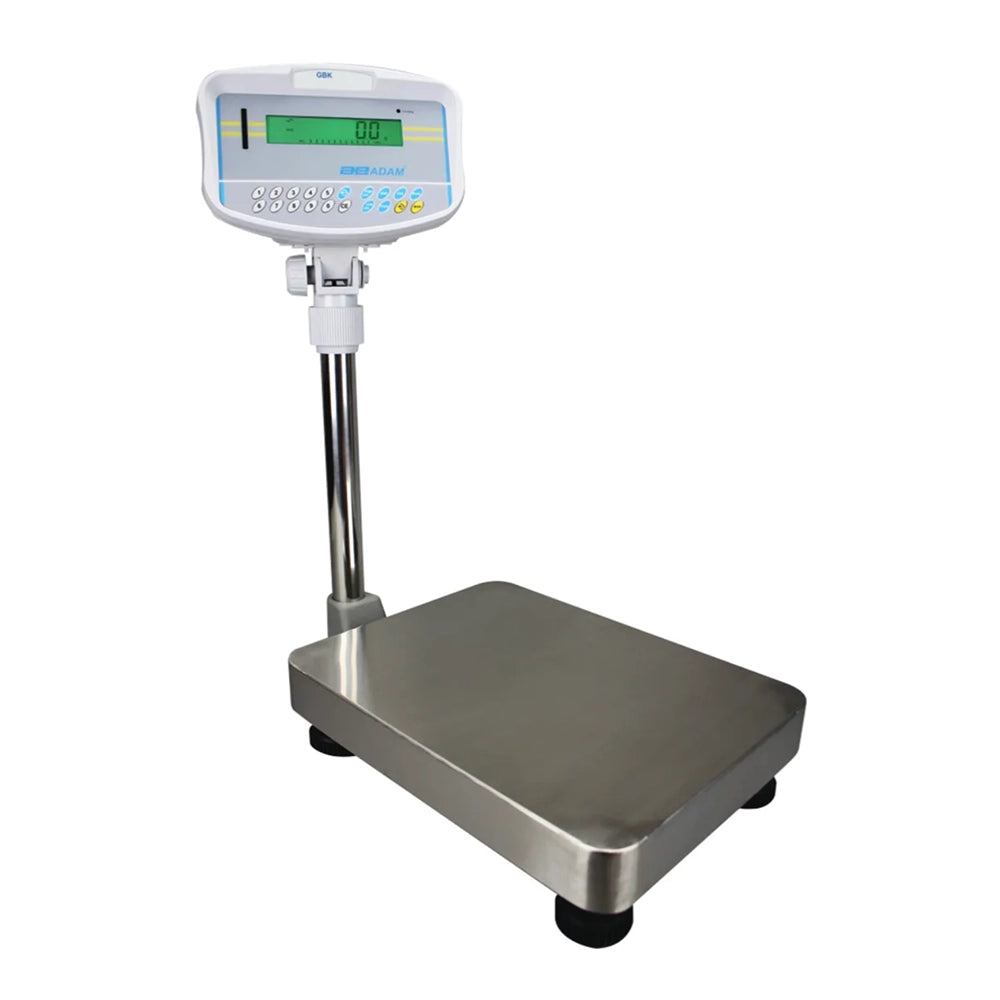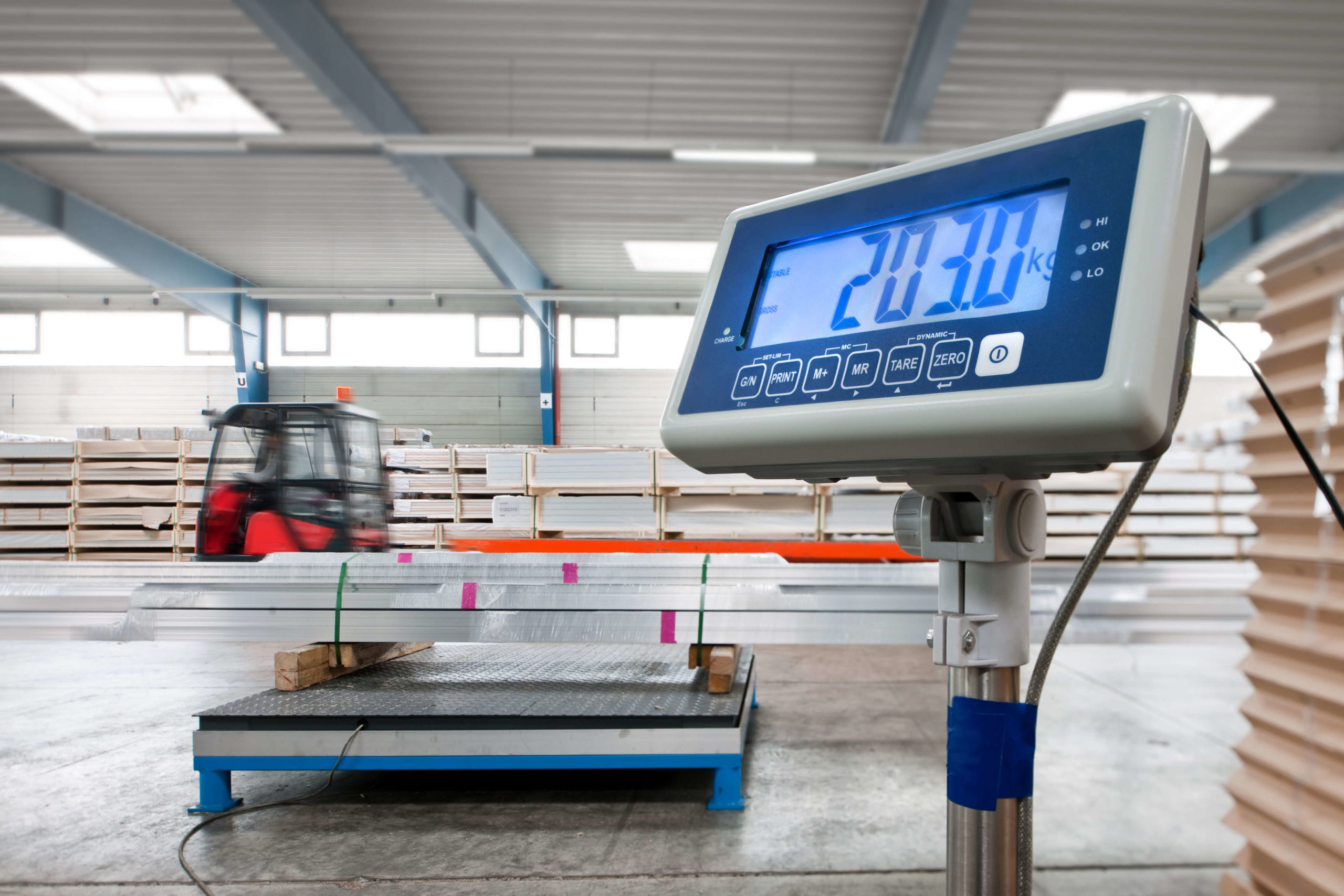Top Industries That Benefit from Using Industrial Scales for Operations
Top Industries That Benefit from Using Industrial Scales for Operations
Blog Article
Exactly How Industrial Scales Job: A Comprehensive Introduction for New Users
Comprehending the mechanics behind industrial scales is important for new individuals that intend to guarantee accuracy in their measurements. These devices rely upon lots cells and stress scale modern technology to transform weight into a quantifiable style, yet the subtleties of their operation prolong past simple performance. From the different types readily available to the necessary techniques for correct usage and maintenance, each element plays a considerable duty in accomplishing reputable outcomes. As we check out these elements, one have to take into consideration how these aspects connect to improve efficiency in diverse commercial applications.
Basics of Industrial Scales
Industrial scales are important devices made use of across numerous industries, consisting of production, logistics, and farming, to ensure precise weight dimensions of hefty tons. The basic principle behind commercial ranges entails the conversion of weight right into a quantifiable kind that can be shown electronically or analogically. These scales use various systems, such as tons cells or mechanical levers, to determine the weight of things placed upon them.

Along with their dimension capacities, commercial scales are created to endure extreme environments, including durable building and construction that resists dust, wetness, and heavy effects. Calibration and maintenance are crucial to ensure precision, as even minor inconsistencies can lead to considerable financial effects. By recognizing the fundamentals of commercial scales, individuals can value their relevance in various commercial applications.
Kinds Of Industrial Scales
Different types of commercial scales satisfy the diverse needs of various markets, each designed to take care of certain weighing tasks with precision and reliability. Amongst one of the most common types are floor ranges, which are suitable for considering bulky and heavy items. These scales generally include huge platforms and can fit palletized goods, making them essential in warehouses and delivery centers.
An additional type is bench scales, which are commonly used for smaller sized products in manufacturing and retail settings. They offer exact dimensions for products that need precision, such as chemicals or parts in assembly lines (Industrial Scales). For mobile operations, mobile ranges use flexibility and simplicity of transport, suitable for fieldwork or momentary installations
In applications calling for high-capacity dimensions, such as in bulk material handling, crane scales and tons cells are utilized. These scales can measure tons suspended from a crane or various other training apparatus, making certain safety and security and precision throughout operations. Additionally, specialized scales like checkweighers are used in assembly line to preserve quality assurance by making sure that products fulfill weight specs. Each kind of commercial range plays a vital role in boosting functional performance and precision across various sectors.
Exactly How Weighing Systems Job
Evaluating systems are vital parts that enable exact dimension of mass across various commercial ranges. These systems make use of various concepts of physics and design to offer specific weight analyses, crucial for stock monitoring, top quality control, and conformity with governing requirements.
One usual sort of weighing mechanism is the tons cell, which operates the concept of strain assesses. When a a knockout post lots is applied, the lots cell warps somewhat, generating an electric signal symmetrical to the weight. This signal is after that transformed into a legible weight dimension by the scale's electronics.
An additional commonly made use of mechanism is the mechanical equilibrium, which utilizes a system of weights and bars. Industrial Scales. This technique relies on the principle of equilibrium, where the weight of the things being gauged is balanced against recognized weights, permitting straight dimension
Additionally, hydraulic and pneumatically-driven scales utilize fluid characteristics concepts to determine weight. These systems utilize the pressure applied by a lots to figure out weight, offering high precision for enormous loads.
Proper Usage Methods
When using industrial scales, adhering to appropriate use methods is crucial for ensuring exact dimensions and maintaining equipment stability. Primarily, it is necessary to pick the ideal scale for your particular application, as scales differ in ability and accuracy.
Before weighing, make sure that the scale is put on a stable, level surface area without disturbances or resonances. This will aid to minimize errors triggered by outside elements. Additionally, calibrate the scale according to the maker's specs before make use of, making sure that it is working correctly.
When positioning things on the scale, distribute the weight evenly to avoid tipping or damaging the tools. Always permit the scale to stabilize prior to tape-recording the weight, as variations may occur throughout initial placement. For bulk materials, use containers that are suitable for the range size to stop overloading.
Furthermore, avoid positioning extremely warm or cold products straight on the range, as temperature level variations can influence precision. Lastly, maintain the considering system totally free and clean of particles to stop contamination and guarantee dependable results. By following these methods, customers can maximize the performance and longevity of their industrial ranges.
Upkeep and Calibration Tips
Guaranteeing the long life and precision of commercial ranges calls for attentive upkeep and normal calibration. A preventive upkeep schedule is crucial; it needs to consist of routine inspections to recognize wear and tear, especially on load cells and other delicate components. Regularly cleaning up the scale's surface and guaranteeing the surrounding location is without particles will assist maintain its stability and performance.
Calibration is equally essential and ought to be performed at routine periods or whenever the scale experiences significant modifications in temperature, humidity, or physical displacement. Make use of qualified calibration weights that are read this article traceable to national requirements for precision. Record each calibration session diligently to track performance with time and identify any type of trends or reoccuring issues.
In addition, be mindful of the range's atmosphere. Prevent positioning it near resources of vibration, electro-magnetic disturbance, or extreme temperatures, as these elements can adversely affect measurements. Train all drivers on appropriate scale use and upkeep procedures to make certain regular performance and precision. By adhering to these upkeep and calibration tips, users can boost the integrity of their commercial ranges, making sure ideal operation in any setting.
Final Thought

Comprehending the mechanics behind industrial scales is important for new individuals who desire to make certain accuracy in their measurements.Industrial scales are essential tools used across numerous markets, consisting of production, logistics, and agriculture, to ensure precise weight dimensions of hefty loads. The essential principle behind industrial scales includes the conversion of weight into a quantifiable type that can be shown electronically or analogically. By recognizing the essentials of industrial scales, customers can value their relevance in different commercial applications.
In conclusion, comprehending the procedure and maintenance of commercial scales is essential for guaranteeing exact weight dimensions in numerous applications. (Industrial Scales)
Report this page